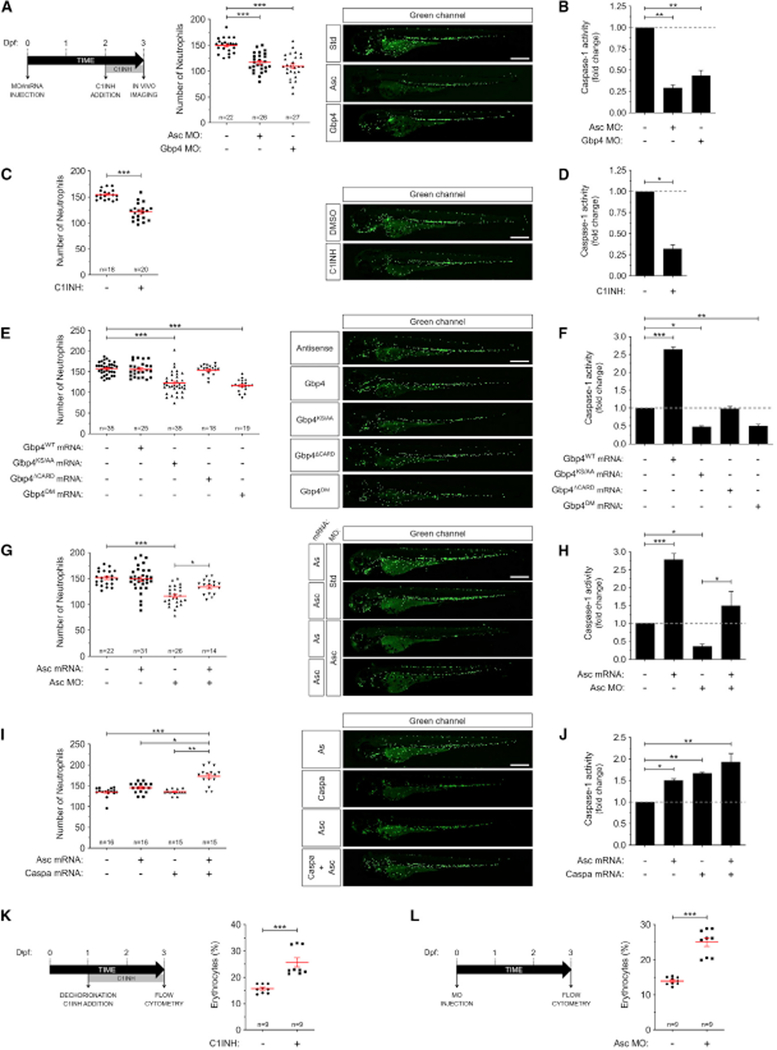Figure 1. Inflammasome Inhibition Results in Decreased Neutrophil but Increased Erythrocyte Numbers in Zebrafish.
Tg(mpx:eGFP) (A-J) and Tg(lcr:eGFP) (L) zebrafish one-cell embryos were Injected with standard control (Std), Asc, or Gbp4 MOs (A, B, G, H, L), and/or with antisense (As), Gbp4WT, Gbp4KS/AA, Gbp4ΔCARD, Gbp4DM, Asc, or Caspa mRNAs (E-H). Alternatively, Tg(mpx:eGFP) (C, D, I, J) and Tg(lcr:eGFP) (K) embryos left uninjected were manually dechorionated at 24 or 48 hpf and treated by immersion with DMSO or the irreversible caspase-1 inhibitor Ac-YVAD-CMK (C1INH). Each dot represents the number of neutrophils (A, C, E, G, I) from a single larva or the percentage of erythrocytes from each pool of 50 larvae (K, L), while the mean ± SEM for each group is also shown. The sample size (n) is indicated for each treatment. Representative images of green channels of whole larvae for the different treatments are also shown. Scale bars, 500 μm. Caspase-1 activity in whole larvae was determined for each treatment at 72 hpf (one representative caspase-1 activity assay out of the three carried out is shown) (B, D, F, H, J). *p < 0.05; **p < 0.01; ***p < 0.001 according to ANOVA followed by Tukey multiple range test. See also Figures S1-S4.

